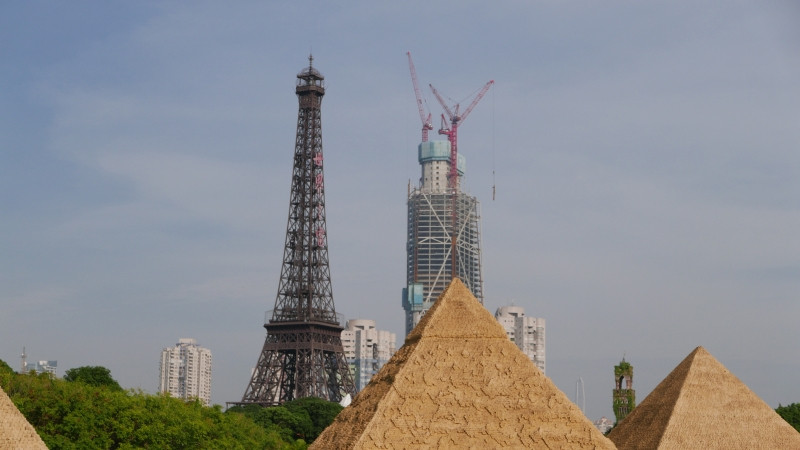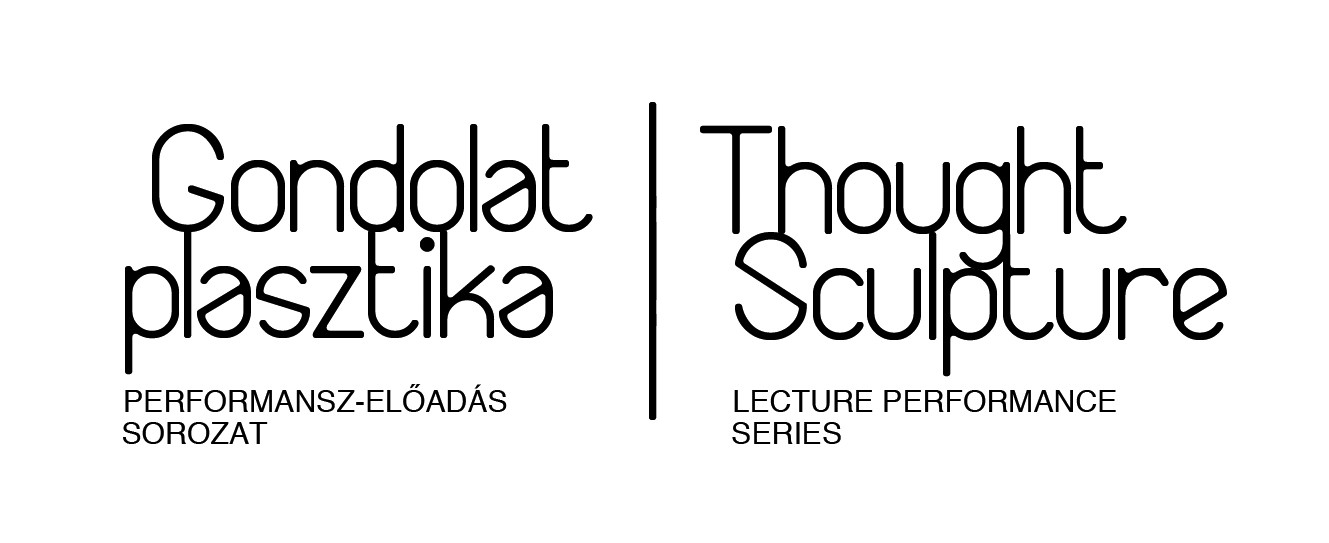Thought sculpture
Pavel Sterec, Forensic Architecture
Curator: Borbála Szalai
Venue: Trafoclub
Free entrance, all are welcome! The lecture-performances will be in English.
For further events of the series please visit the following link.
Pavel Sterec: The Silk Road - Embalmment and Mummification
Pavel Sterec’s (1985) lives and works in Prague. His work crosses between performance, video, object, installation and photography. His research-based practice is focused on social encounters, which he transforms into conceptual installations. His works reinterpret cultural links and natural phenomena, and
undertake an engaged criticism of the social and political status quo. Sterec has introduced his work at a number of exhibitions primarily in Central and Eastern Europe. He participated in the fellowship program of Apexart, New York, and in the residency-programs at Czech Centre, Bucharest, FKSE, Budapest, AIR CSW Zamek Ujazdowski, Warsaw, VIR Viafarini-in-residence, Milan and CCA Sharhorod (UA).

Photo: Pavel Sterec, 2017
Christina Varvia - Forensic Architecture: Sentient crime scenes
Christina Varvia, an architect and researcher at the London-based Forensic Architecture research agency will present the results of the counter investigation in relation to the murder of Halit Yozgat in Kassel in 2006. The 21-year-old Halit Yozgat was the ninth victim of what was later revealed to be a connected series of racially motivated murders carried out by National Socialist Underground (NSU), a far-right German terrorist group. After the investigations into the activities of the NSU became public, it has surfaced that the German intelligence service had infiltrated the far-right terrorist cell with undercover agents; one of them, Andreas Temme, was present during Halit’s murder at his family’s internet café in Kassel. Forensic Architecture, which has previously investigated war crimes in Gaza, former Yugoslavia, and Syria were invited by the organization The People’s Tribunal “Unraveling the NSU Complex” to look into what could possibly be the collusion of a Western European state in violent crimes. The investigation proved that Temme gave a false testimony.
The counter investigation was presented at documenta 14 in Kassel as a video-piece, which added a special exposure to the case; several important reviews were published and in August 2017 the investigation was presented to the state parliamentary inquiry into the NSU in Hessen.
Forensic Architecture (FA) is a research agency based at Goldsmiths, University of London. FA's interdisciplinary team of investigators - which includes architects, scholars, artists, filmmakers, software developers, investigative journalists, archaeologists, lawyers and scientists undertakes advanced architectural and media investigations on behalf of international prosecutors, human rights and civil society groups, as well as environmental justice organisations. Grounded in the use of architecture as an 'analytic device', Forensic Architecture's investigations employ spatial and material analysis, mapping and reconstruction, and extend outwards to overlay elements of witness testimony and the cumulative forms of visual documentation enabled by contemporary media. Tools and techniques developed by FA for analysing human rights violations involve modelling dynamic events as they unfold in space and time by creating navigable 3D models, filmic animations of environments undergoing conflict, and conceiving of interactive cartographies on the urban or architectural scale. The agency also develops open source software that facilitates collective research together with victim groups and stake holders. http://www.forensic-architecture.org/

A composite of Forensic Architecture’s physical and virtual reconstructions of the internet cafe in which the murder of Halit Yozgat on 6 April 2006 occurred. Image: Forensic Architecture, 2017















